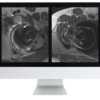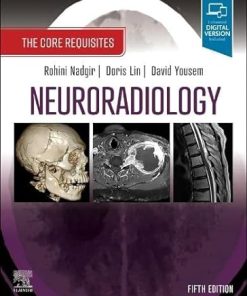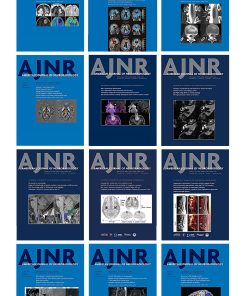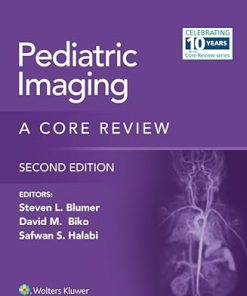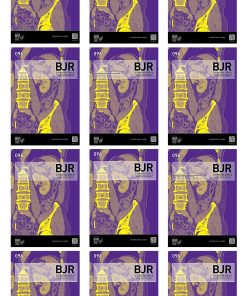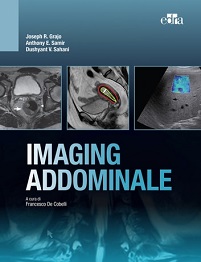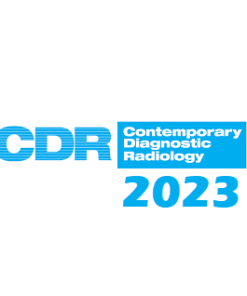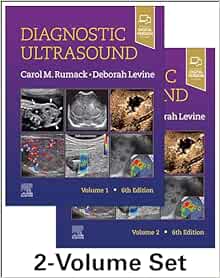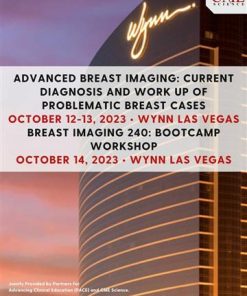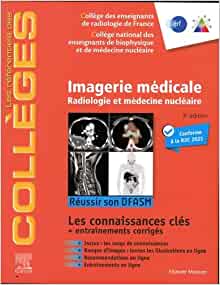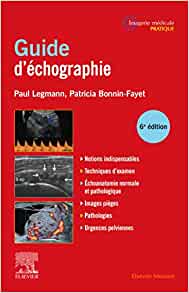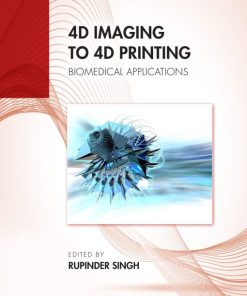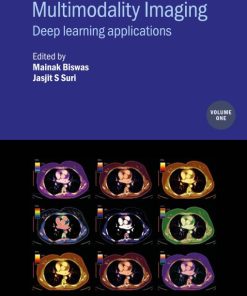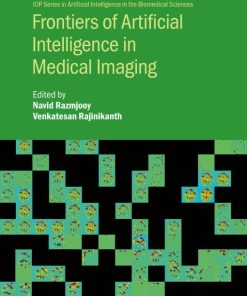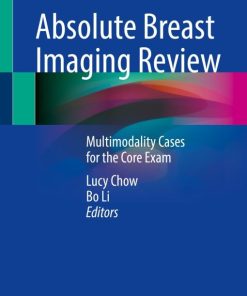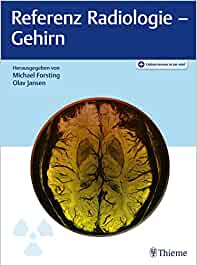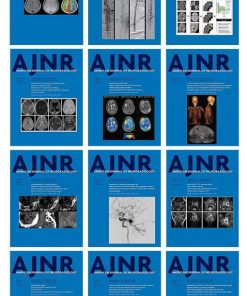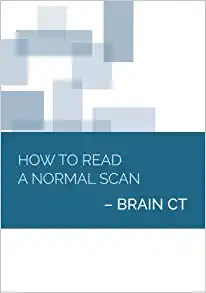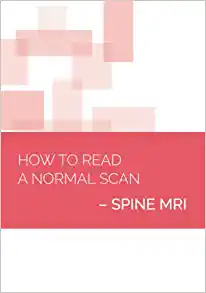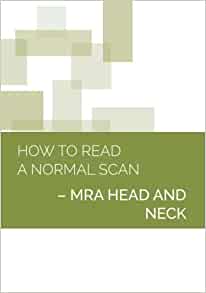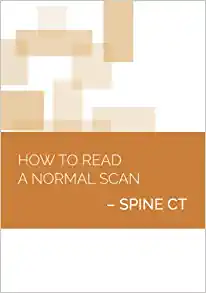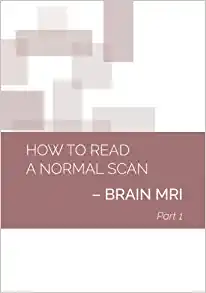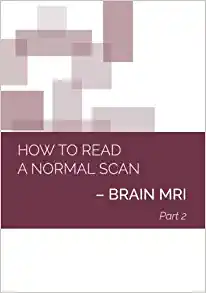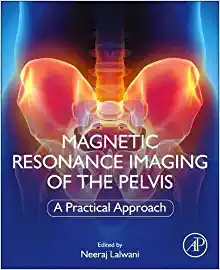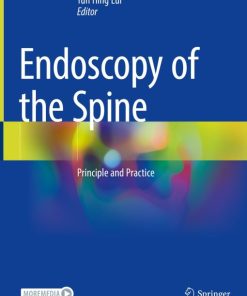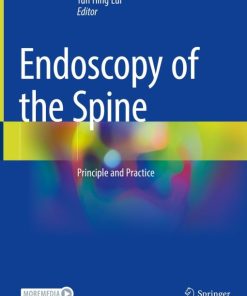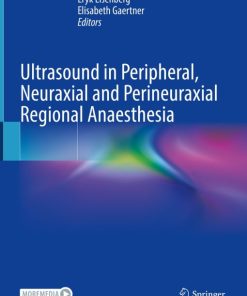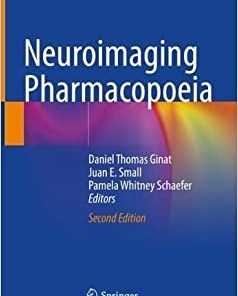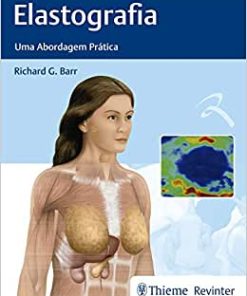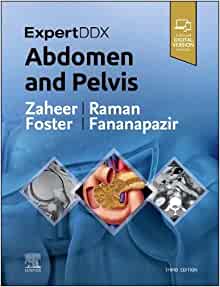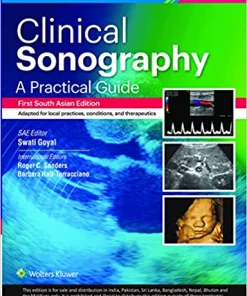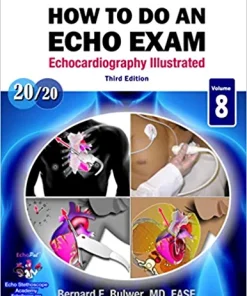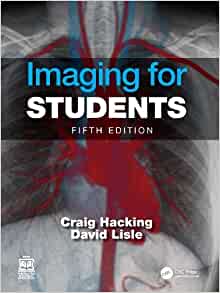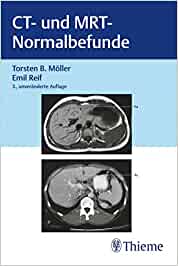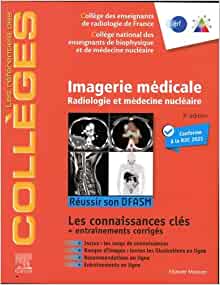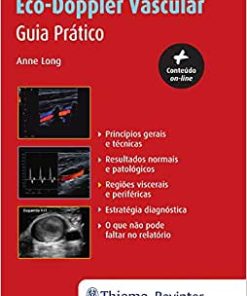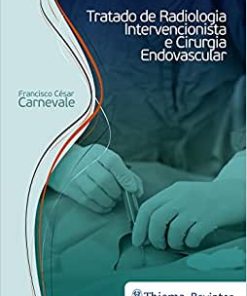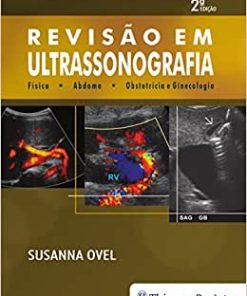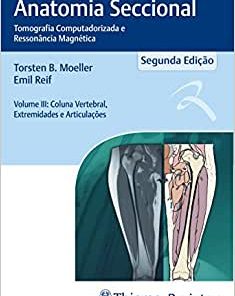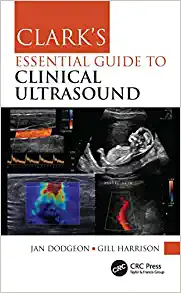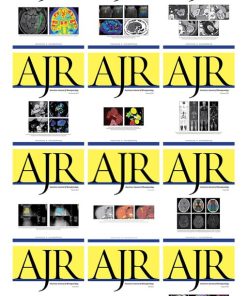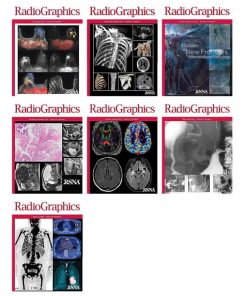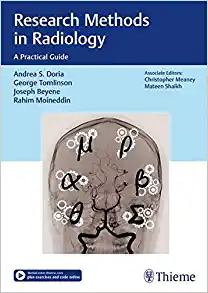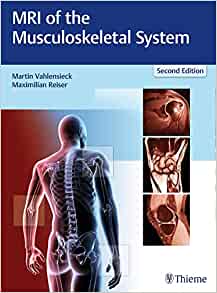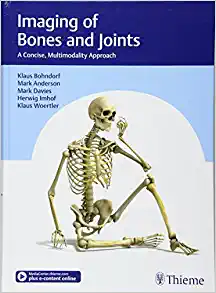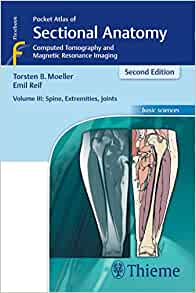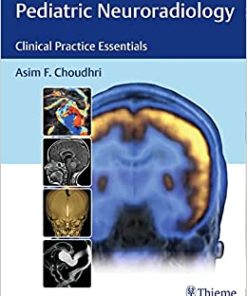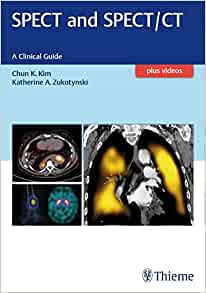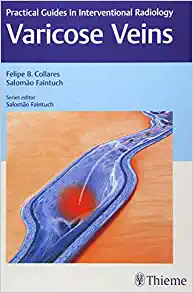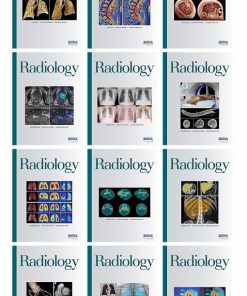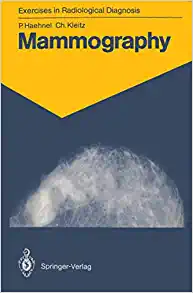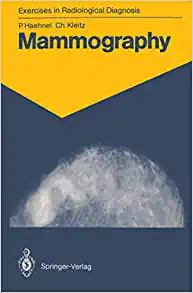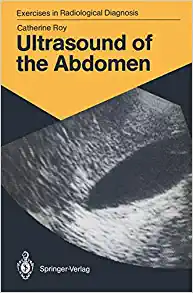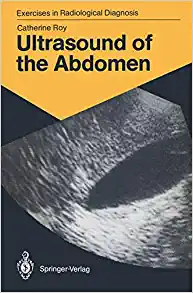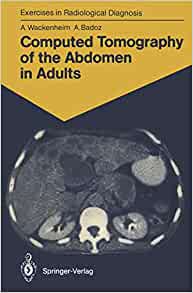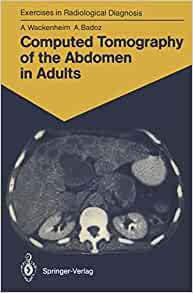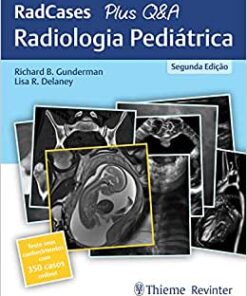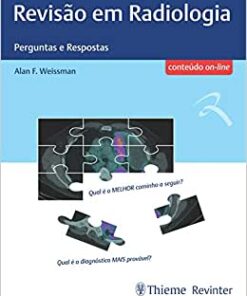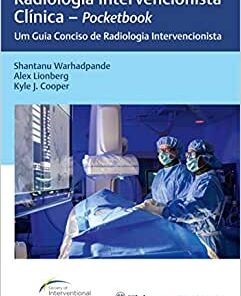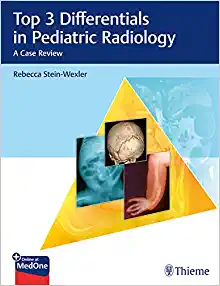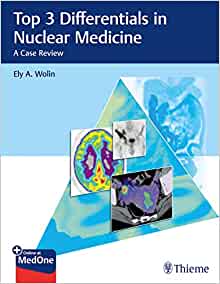ARRS Contrast Reaction Management: Conundrums and Pitfalls Online Course 2020 (CME VIDEOS)
$30
ARRS Contrast Reaction Management: Conundrums and Pitfalls Online Course 2020 (CME VIDEOS)
Given the uniform use of low osmolar and iso-osmolar contrast media agents, life-threatening contrast media-related reactions have become relatively infrequent. However, when an unpredictable reaction occurs unexpectedly, radiologists and CT support staff are frequently ill-prepared to manage—often making irreversible mistakes with potentially grave patient consequences and outcomes, including death. This Online Course will address common conundrums and pitfalls for radiologists managing unexpected contrast media reactions in the CT suite.
Learning Outcomes
After completing this course, the learner should be able to:
- describe the severity of contrast reactions and their appropriate treatment
- discuss how to recognize and manage iodine mumps sialadenitis
- apply practice tips for premedication in unusual situations including patients already on corticosteroids or missed doses
- specify the differences between and indications for elective versus accelerated premedication regimens
Speakers and Lectures
- Differentiating Physiologic from Allergic-Like Reactions—M. Parker
- Difficulties Using Atropine Syringe During Vasovagal Reaction—G. Salazar
- Confusing Contrast-Induced Laryngeal Edema for Bronchospasm With Incorrect Use of Albuterol—G. Salazar
- Use of the Wrong Oxygen Delivery System—G. Salazar
- Incorrect Treatment of Hypotension With Tachycardia and Hives With Diphenhydramine—G. Salazar
- Does the Dose and Route of Epinephrine Really Matter? Confusion with IM and IV Doses—J. Pahade
- Ouch That Hurt!!! How Did I Just Inject Myself With the EPI-PEN?—J. Pahade
- Is This Hypoglycemia or Contrast Induced Hypotension? How Can I Tell?—J. Pahade
- Mumps Sialadenitis—M. Parker
- Acute Transient Dyspnea With Gadolinium-Based Contrast Media—M. Sakala
- Challenges in Premedication: Incorrect Dosing; Allergies to Corticosteroids; Patients Already on Corticosteroids—M. Sakala
- Prescribing Corticosteroids as “Protective” Against Allergic-Like Reactions Upon Re-exposure—M. Sakala
Related Products
Radiology Books
American journal of Neuroradiology 2023 Full Archives (True PDF)
Radiology Books
Radiology Books
Radiology Books
American Journal of Roentogelogy 2023 Full Archives (True PDF)
Radiology Books
Contemporary Diagnostic Radiology 2023 Full Archives (True PDF)
Radiology Books
Radiology Books
Advances in Medical Imaging, Detection, and Diagnosis (EPUB)
ORTHOPAEDICS SURGERY
PLASTIC & RECONSTRUCTIVE SURGERY
The Aesthetic Society Nuances in Injectables The Next Beauty Frontier 2022
Radiology Books
Radiology Books
Radiology Books
Tumor Imaging: CT Colonography Online Course 2022 (CME VIDEOS)
Radiology Books
Radiology Books
Radiology Books
Radiology Books
Multimodality Imaging, Volume 1 (Original PDF from Publisher)
Radiology Books
Absolute Breast Imaging Review (Original PDF from Publisher)
Radiology Books
Radiology Books
American journal of Neuroradiology 2022 Full Archives (True PDF)
Radiology Books
How to Read a Normal Scan : Brain CT (High Quality Image PDF)
Radiology Books
How to read a Normal Scan: Spine MRI (High Quality Image PDF)
Radiology Books
How to Read a Normal Scan : SPINE CT (High Quality Image PDF)
Radiology Books
Radiology Books
Fuzzy Sets Methods in Image Processing and Understanding (EPUB)
Radiology Books
Radiology Books
Radiology Books
Radiology Books
Radiology Books
Imaging for Students, 5th Edition (Original PDF from Publisher)
Radiology Books
Radiology Books
Eco-Doppler Vascular: Guia Prático (Original PDF from Publisher)
Radiology Books
Contemporary Diagnostic Radiology 2021 Full Archives (True PDF)
Radiology Books
American Journal of Roentogelogy 2022 Full Archives (True PDF)
Radiology Books
Radiology Books
Radiology Books
Radiology Books
Radiology Books
Top 3 Differentials in Pediatric Radiology: A Case Review (EPUB)
Radiology Books
Top 3 Differentials in Nuclear Medicine: A Case Review (EPUB)


